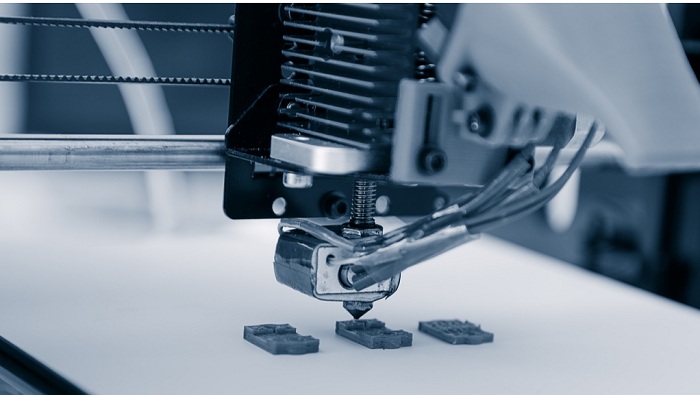The Veterans Health Administration has entered into a contract with South Carolina-based 3D Systems to establish manufacturing facilities within their hospitals for the production of medical devices.
3D Systems announced in a press release this week that the partnership will allow the VA network to streamline its supply chain and enhance personalized care for their patients.
“Through this collaboration, 3D Systems will not only be installing 3D printers at the VHA sites, but we’ll also be helping them install a quality management system that includes the processes, documentation, and training required to be compliant as a medical device manufacturer,” said Ben Johnson, director product development, healthcare, at 3D Systems, in a statement.
According to the company, 3D Systems will collaborate with the VA to design medical devices and usher them through the U.S. Food and Drug Administration clearance process. At first, 3D Systems will manage the regulatory paperwork and development of a quality management system at VHA facilities.
“In a highly regulated environment like healthcare, the technology is only a small part of the solution,” said Johnson. Regulatory adherence, he said, is also vital.
Early on in the COVID-19 pandemic, 3D Systems collaborated with the VHA to develop face masks and nasopharyngeal swabs that could be printed on production-level equipment. This latest move is an expansion of that collaboration.
“What began during the pandemic in response to a critical need has expanded to change the way healthcare is delivered,” said Menno Ellis, 3D Systems executive vice president for healthcare solutions, in a statement.
Other health systems also turned to 3D printing earlier this year in response to the supply chain issues presented by the COVID-19 crisis.
Duke University researchers partnered with the nearby University of North Carolina Chapel Hill to print reusable face shields, to be distributed at both Duke and UNC Health Systems.
But even before the pandemic, leaders at the VA expressed optimism for the potential of 3D printing. VA Chief Modernization Officer Surafeal Asgedom wrote in a piece for Healthcare IT News that “this burgeoning technology is improving pre-surgery planning, tailoring custom prostheses, designing tools for those with disabilities, even building organs and bones.
“By testing and implementing emerging technologies, VA is ensuring that veterans receive the care they deserve,” added Asgedom.
“This is a one-of-a-kind collaboration between an additive manufacturing-solutions provider and one of the world’s largest integrated health care systems to accelerate innovation in the medical device production and deployment arena,” said Ellis.


















